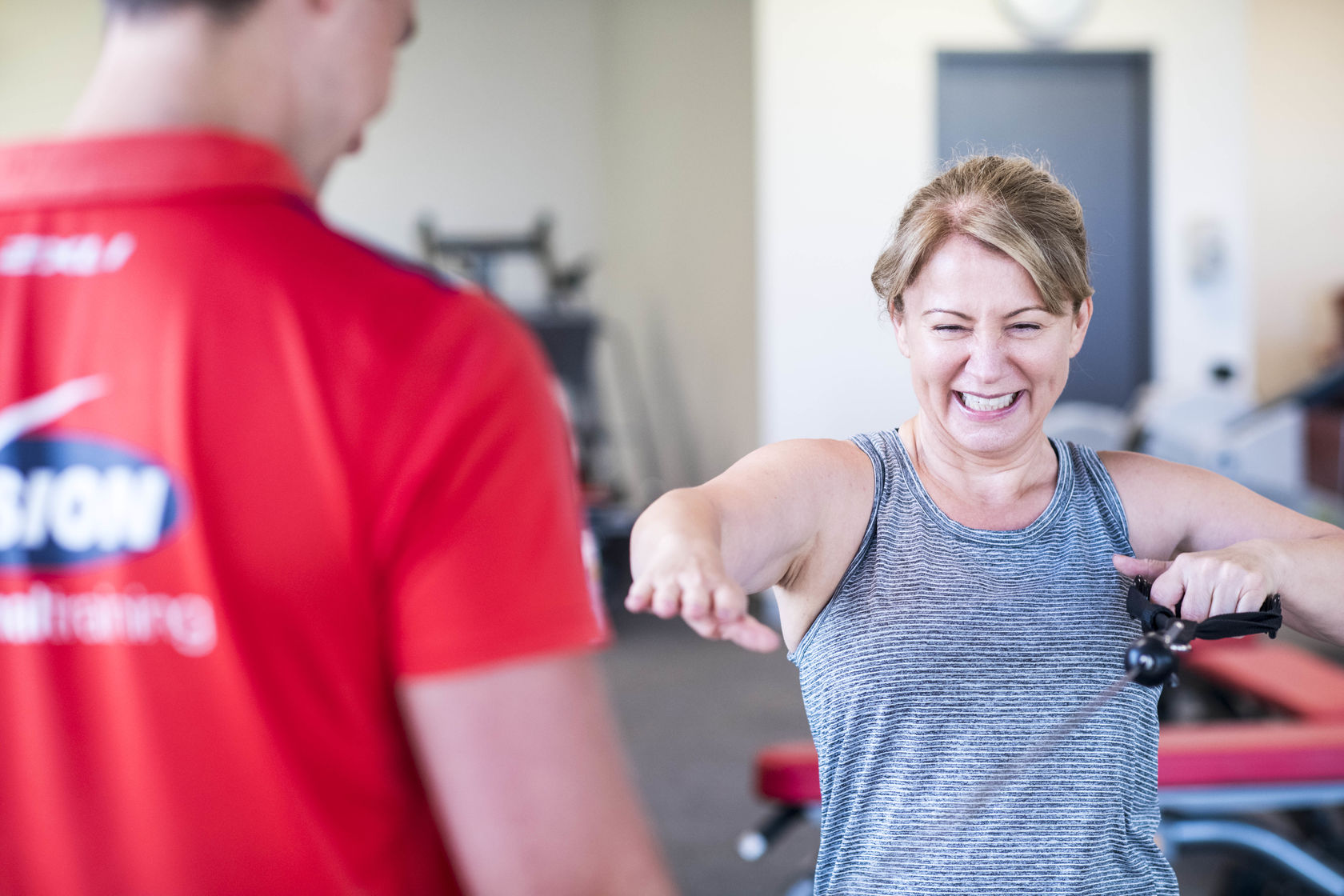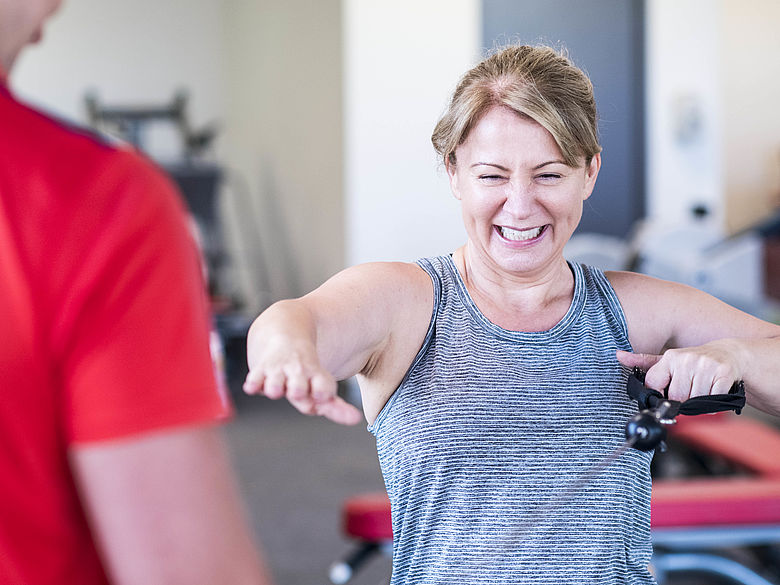When asked about goals, very often the answer is "I just want to get fit, or feel strong", and that is great because the person has acknowledged that a change needs to be made and they are not happy with where they are currently with fitness.
But with all health and fitness goals - the question then becomes how do you measure that? What does it mean to you to be fit and strong? What would it allow you to do that you can't do now?
Many people wouldn't know the answer straight away - and that is perfectly fine, because that is what we are here for! Most importantly how you can use this as motivation and benchmarks for your progression.
The day will most certainly come when the number on the scale means less and less to you. As Personal Trainers with Vision Personal Training, we believe that this is probably our most important duty of care. And that is that we help our members take the focus of that scale and help them translate their health and fitness goals into things that are measurable yet still challenging, things that they potentially didn't originally think they would be undertaking or would be of interest to them.
So here we go:
In terms of measuring fitness, the top 5 are:
- Row machine, either a 1 min max effort where you measure the distance OR a 500m Row where you measure the total time. This is a fantastic measure of your aerobic capacity.
- 1.2km Run - either on a treadmill or a flat block run, measure the time taken.
- Beep Test - A great way to show improvements in your fitness level. We also know that the beep test is used as an entrance test for things like the police force and military. The stats show that AFL players have the best record with this - and apparently, George Greegan the ex-Wallabies captain actually finished it!
- 5km Run/Cycle - either on a treadmill or bike - measure the time taken. The term "from couch to 5km" is a great analogy when helping people get moving and giving them a focus point that requires discipline and dedication
- Any distance in swimming - if swimming is something that people weren't exposed to at a young age, it is certainly harder to do as an adult. But fantastic for lung development and of course is easy on the joints! Progressing to a 2km swim non - stop is a great measure of fitness improvement!
With all of these one of the best things to do is measure your heart rate upon completion, and then measure the heart rate 2 min later - see how quickly it drops. The faster it drops the fitter you are! There are obviously hundreds of other options - like total time to burn "X" calories on a Cross trainer done 6 weeks apart etc etc.
In terms of Strength the top 5 are:
- Push up test - when done properly a fantastic measure of strength, even going from 0 to 10 is a massive improvement! Or progressing from Hands Knees to Hands Toes.
- Squat test - again when done properly - very easy to show progression from a very basic version such as squats with a ball as support to a free standing Goblet squat. Progressing to being able to Squat your Bodyweight is a great measure of relative strength .
- Deadlift test - an exercise that uses the most muscles in a movement. The one that is underutilised yet is a great measure of relative strength.
- Pull up/Chin up progression - pulling your own body weight against gravity is one of the hardest things to do! Unassisted Chin ups/ Pull ups are a great goal for any age/ starting point.
- Overhead press - taking load against gravity above the head
There are two ways of approaching strength improvements - either the incremental increase in load - such as 30kg squat to 40kgs squat or the total volume of load completed in a session i.e. 5 sets of 10 reps at 40 kgs on a deadlift equals 50 reps and therefore 2000kgs of load VS 5 sets of 10 reps at 50kgs - still same reps but load has increase 500kgs of force
Think about what is one that you would now say you have always wanted to try but never felt comfortable or know where to start??
Yesterday is history, tomorrow is a mystery, today is the present that's why they call it a gift!
*Disclaimer: Individual results vary based on agreed goals. Click here for details.

